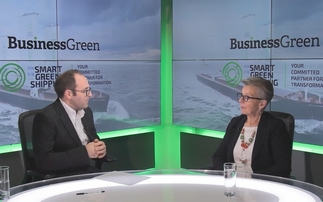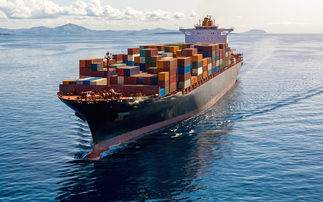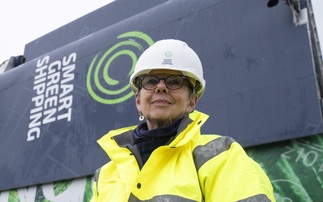John Aitken of SEAaT argues an emissions trading scheme is the best way for the global shipping industry to become sustainable
In the same way as other industries strive to reduce their carbon footprints, the sector that underpins 95 per cent of the world's trade - shipping - must do likewise. For this to happen, we need global...
To continue reading this article...
Join BusinessGreen
In just a few clicks you can start your free BusinessGreen Lite membership for 12 months, providing you access to:
- Three complimentary articles per month covering the latest real-time news, analysis, and opinion from Europe’s leading source of information on the Green economy and business
- Receive important and breaking news stories via our daily news alert
- Our weekly newsletter with the best of the week’s green business news and analysis





